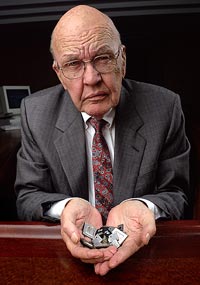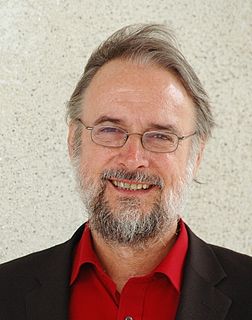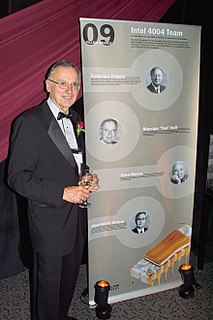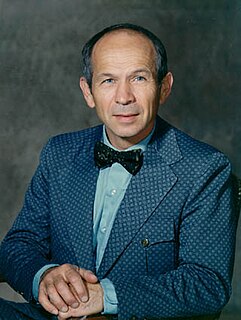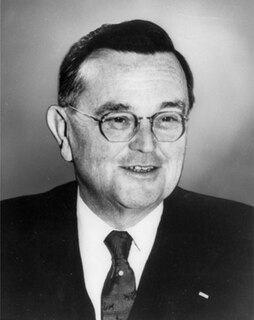
Henry G. Lykken (December 9, 1880 – April 5, 1958) was an American civil engineer and inventor who is credited with invention of: emergency tires, pneumatic grain elevators, coal pulverizers, and the original flour milling equipment adopted by Pillsbury Mills. [1] [2] [3] [4] [5] [6]

A civil engineer is a person who practices civil engineering – the application of planning, designing, constructing, maintaining, and operating infrastructures while protecting the public and environmental health, as well as improving existing infrastructures that have been neglected.
An inventor is a person who creates or discovers a new method, form, device or other useful means that becomes known as an invention. The word inventor comes from the Latin verb invenire, invent-, to find. The system of patents was established to encourage inventors by granting limited-term, limited monopoly on inventions determined to be sufficiently novel, non-obvious, and useful. Although inventing is closely associated with science and engineering, inventors are not necessarily engineers nor scientists.

The Pillsbury Company was a Minneapolis, Minnesota-based company that was one of the world's largest producers of grain and other foodstuffs until it was bought out by General Mills in 2001. Antitrust law required General Mills to sell off some of the products, so the company kept the rights to refrigerated and frozen Pillsbury branded products, while dry baking products and frosting were sold by its Orrville, Ohio-based Smucker company under license. Brynwood Partners agreed to purchase Pillsbury from Smuckers for $375 million in July 2018.
Henry G. Lykken was born in Dakota County, Minnesota and raised in Walsh County, North Dakota. He was the eldest of nine children born to Gilman Lykken (1854 - 1939), who emigrated from Telemark, Norway and Ella (Thoreson) Lykken (1860 - 1953). He was the father of David T. Lykken and grandfather of Joseph Lykken. [7]

Dakota County is the third-most populous county in the U.S. state of Minnesota. As of the 2010 United States Census, the population was 398,552. The county seat is Hastings. Dakota County is named for the Dakota Sioux tribal bands who inhabited the area. The name is recorded as "Dahkotah" in the United States Census records until 1851.

Walsh County is a county in the U.S. state of North Dakota. As of the 2010 United States Census, the population was 11,119. Its county seat is Grafton.

Telemark[²teːləmɑrk](
Lykken graduated from the University of North Dakota in 1905 with the B.A. degree and M.E. degree in 1906 in mining engineering. [2] In 1958, his alma mater awarded him an honorary Doctor of Engineering degree. He was an inductee of Minnesota Inventors Hall of Fame of 1978. [8]
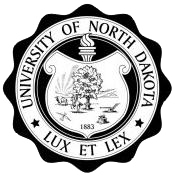
The University of North Dakota is a public research university in Grand Forks, North Dakota. Established by the Dakota Territorial Assembly in 1883, six years before the establishment of the state of North Dakota, it is the state's oldest. UND was founded with a strong liberal arts foundation and expanded to include scientific research.

